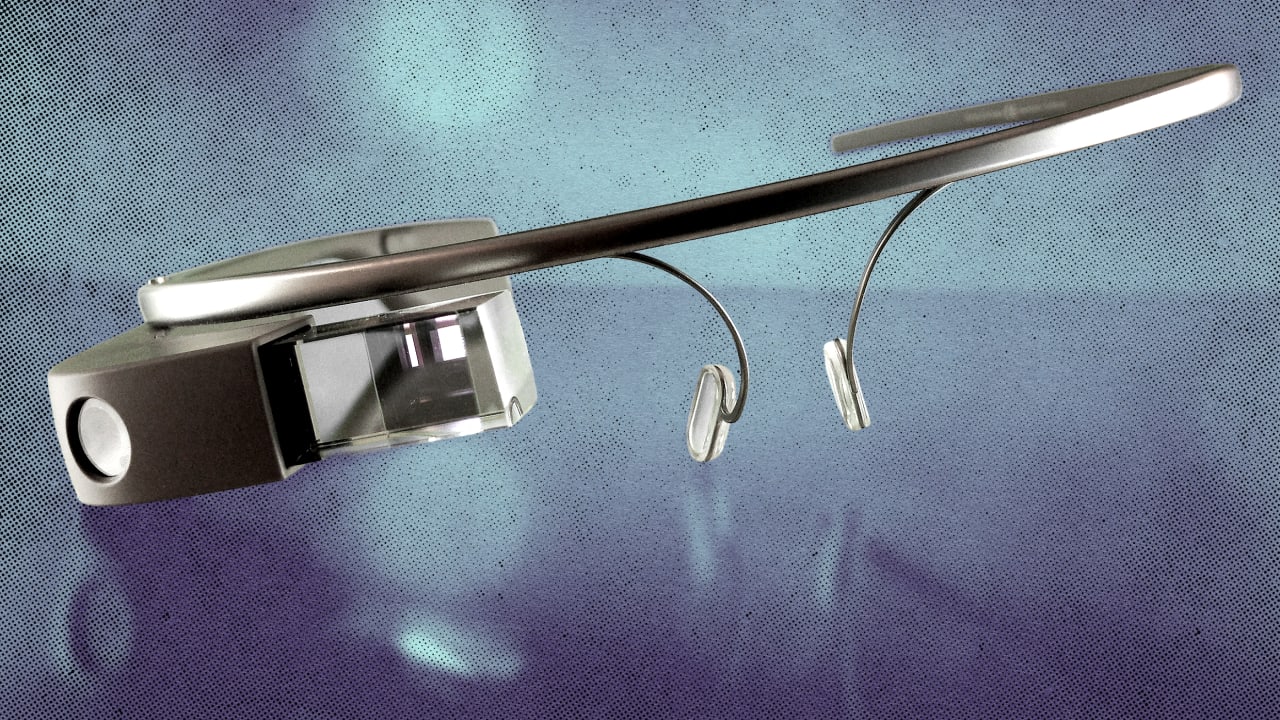Google’s Second Attempt at Smart Glasses: A Sensible Approach
Author: Fast Company

Over a decade after the disappointing launch of Google Glass, Google is taking another shot at smart glasses, this time with a greater emphasis on design and functionality. The initial failure of Google Glass highlighted the importance of societal readiness for new technology, as well as the necessity for appealing design. With competitors like Meta and Ray-Ban successfully selling smart glasses that blend seamlessly into everyday style, Google is poised to enter this market with a renewed perspective.
At the recent I/O keynote, Shahram Izadi, Google's VP of XR, showcased the new approach to smart glasses. Recognizing that the tech landscape has matured, and consumer tastes have evolved, Google intends to integrate Android XR across a variety of devices. The distinction between immersive headsets suitable for entertainment, like Samsung’s Vision Pro, and lightweight glasses intended for mobile, on-the-go use reflects a nuanced understanding of user context.
Google’s strategy includes enhancing the usability of its applications in XR environments. Users can expect familiar apps such as Maps, Photos, and YouTube to be seamlessly optimized for the new platform, enhancing their functionality in ways that were previously unavailable. This adaptability indicates that Google is committed to ensuring that its smart glasses provide real value and integrate smoothly into users' daily lives.
Central to Google’s new offering is the Gemini AI assistant, designed to function across various devices including headsets and glasses. Google claims that by sharing more personal data, Gemini will become increasingly intuitive and personalized. This multi-device capability positions Google to offer a cohesive ecosystem, potentially competing effectively with Meta, which recently restructured its app strategies to enhance its AI offerings.
Design remains a critical focus for Google, especially in light of its past challenges with product aesthetics. To enhance appeal, Google has partnered with Warby Parker and Gentle Monster, reputable eyewear brands, aiming to produce frames that will attract a broader audience. Unlike the standalone appeal of Meta’s partnership with Ray-Ban, Google’s approach seeks to create stylish, comfortable smart glasses that do not compromise on fashion.
Development of Project Aura, in collaboration with leading AR specialists at Xreal, illustrates Google's intent to innovate beyond standard smart glasses. This initiative seeks to create developer-focused XR glasses equipped with advanced display technology. With the aim of improving user experience significantly, Project Aura emphasizes the integration of robust processing capabilities alongside smart glasses—setting it apart from existing products on the market.
Reflecting on Google Glass's history, co-founder Sergey Brin acknowledged that lessons from past failures inform the current strategy. He emphasized the crucial role that AI will play in this renewed effort, as its integration into smart glasses can facilitate significant advances without overwhelming users with constant notifications or distractions. This philosophy signifies a potential shift in how wearable tech interacts with its environment.
Google's current initiative appears not only compelling but also feasible, showing a clearer roadmap for delivering a product that had eluded them in the past. Users familiar with Meta’s successful Ray-Bans and Xreal’s innovative glasses can see a future where Google's offering might combine the best of these products, promising a smarter and more functional eyewear experience. As Google sets out to refine both design and software, the efficacy of their execution of these plans will be key to capturing market interest.

Conceptual image of Google's upcoming smart glasses, showcasing its sleek, modern design ethos.
In conclusion, as Google embarks on this second attempt at redefining smart glasses, it leverages key partnerships, advanced technology, and vital user insights gathered from past experiences. This comprehensive approach may not only pave the way for successful smart glasses but potentially reshape user expectations surrounding smart wearables. With careful execution, Google is setting the stage for a product that meets current demands while preparing to accommodate future innovations.